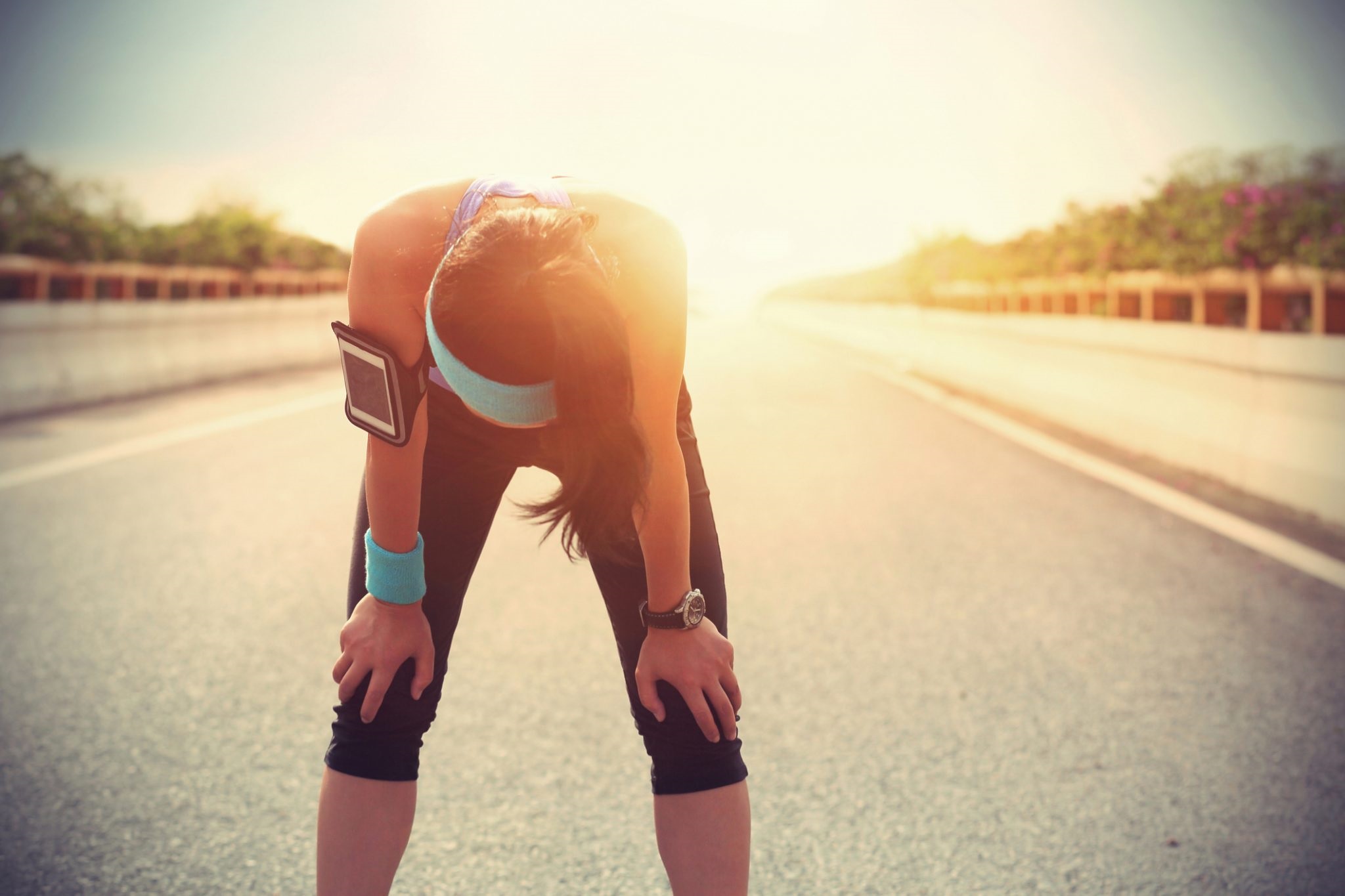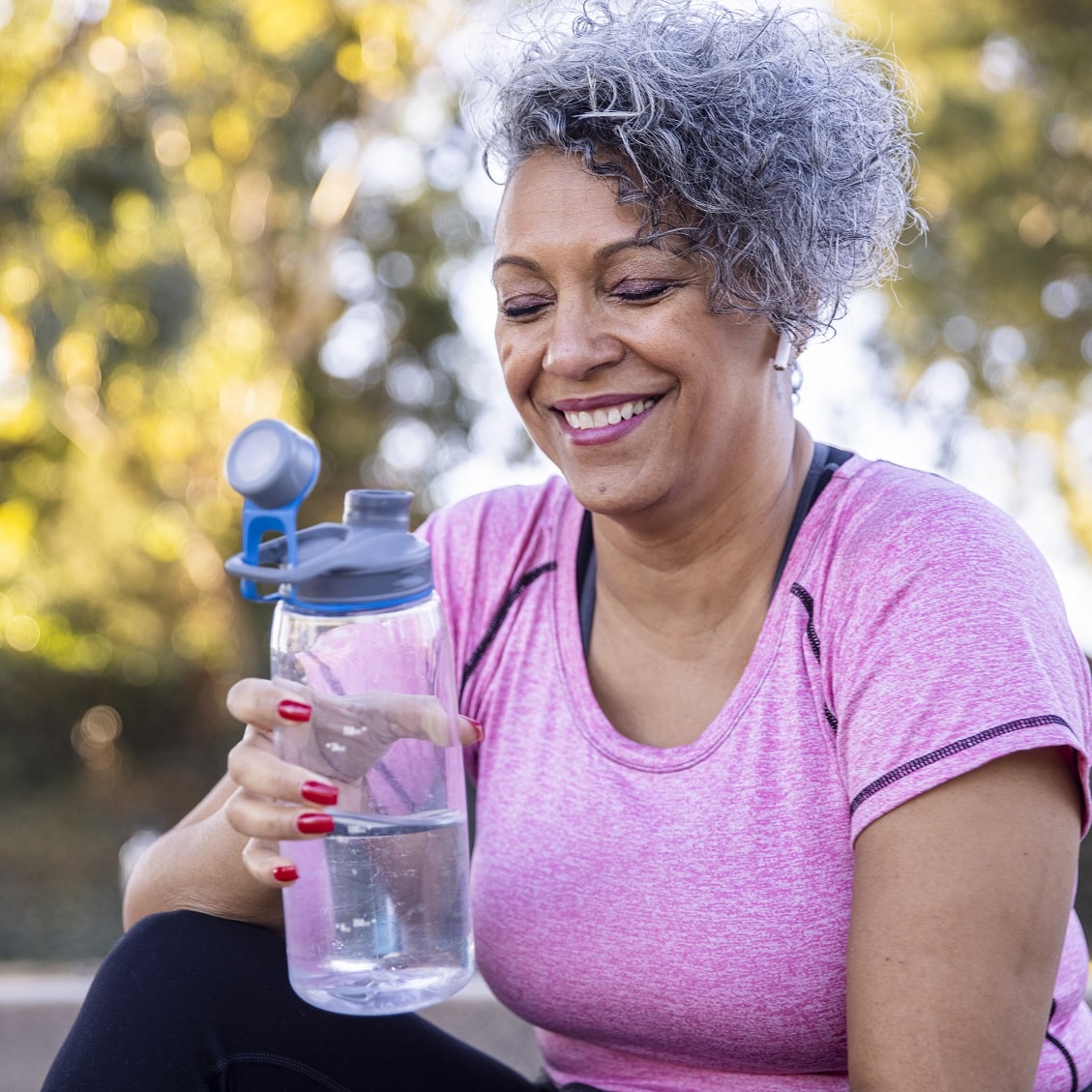5 Ways to Stay Safe in Extreme Heat

July 20, 2019
When the temperatures rise in the summer, heat related illnesses, such as heat exhaustion and heat stroke, are a real danger. Keep these 5 important tips in mind when considering your activities for a hot summer day.
- Look out for signs or symptoms. If the symptoms of heat exhaustion set in (headache, nausea, flushed skin) you should get out of the heat and find an immediate way to cool down – a cold bath or shower,” says Daniel Yu, M.D., assistant director of Bayshore Medical Center’s Department of Emergency Medicine.
- Take breaks. Be careful when you go outside as the initial effects of heat related illness often go unnoticed. Kristy Ziontz, D.O., Emergency Department Director, Bayshore Medical Center says to take breaks from the heat, especially if you’re continuously sweating.
- Drink water. “You should aim to drink six to eight glasses of water a day,” says David Apostol, RDN from Bayshore Medical Center. “But you should aim to drink even more if you’re outside in the summer.” To ensure you’re hydrated, try drinking a glass – about 8 ounces – of water every hour. If you’re preparing to go to the beach or head outside where it’s hot, make sure to have a glass of water 15 to 20 minutes before you walk out the door. Not a huge fan of water? Here are some other ways you can stay hydrated.
- Alter your fitness routine. Are you usually a runner in the summer? Or love going for long walks outdoors during your lunch break? Consider some alternatives when it gets really hot. “Plan to get out there either early in the morning, or after dinner, when the weather is cooler,” says Lisa Sussman, Psy.D., a health psychologist with Hackensack Meridian Integrative Health and Medicine. “Summer is also a great time to change our exercise routine, so try swimming or indoor exercise classes, like yoga.”
- Stay in the shade or indoors. The Centers for Disease Control and Prevention recommends staying in the shade, especially between 10 a.m. and 4 p.m., to avoid too much sun exposure. “Whenever possible, stay indoors in the air conditioning,” adds Dr. Yu.
When to Seek Medical Help
If you experience any of these symptoms after being in the heat, get medical help right away. Many of these symptoms are signs that heat exhaustion has escalated to a heat stroke – which is very dangerous.
- Vomiting
- You have a temperature of 103 degrees or higher
- Skin becomes hot, red, dry or damp
- Pulse becomes very fast and strong
- You’re dizzy, confused or pass out
- Symptoms are getting worse, and lasting longer than an hour, even after attempts to cool down
Who is at Risk?
The Centers for Disease Control and Prevention urges you to frequently check on those who are at highest risk for heat-related death, such as the elderly and disabled or homebound people. Children and pets should also be checked on frequently as they often can’t communicate when something is wrong, or identify that there’s a problem.
If you’re experiencing signs of heat stroke, call 911 immediately. If a less urgent health care issue comes up and your physician is not available, Convenient Care is the easy choice for quick, quality care you can trust. Learn more, or find a location near you.
Next Steps & Resources
- Meet our sources: Daniel Yu, M.D., Kristy Ziontz, D.O., David Apostol, RDN, Lisa Sussman, Psy.D.
- To make an appointment with a doctor near you, call 800-822-8905 or visit our website.
The material provided through HealthU is intended to be used as general information only and should not replace the advice of your physician. Always consult your physician for individual care.







